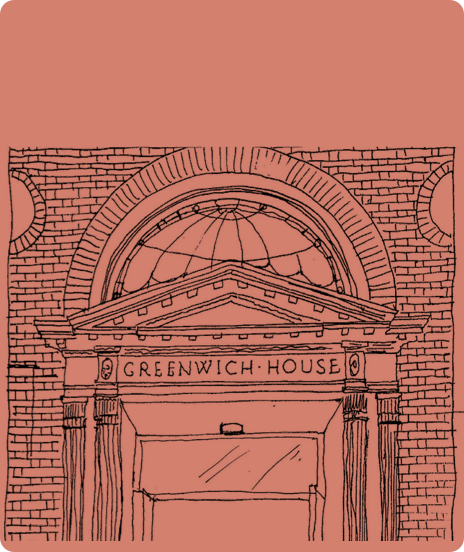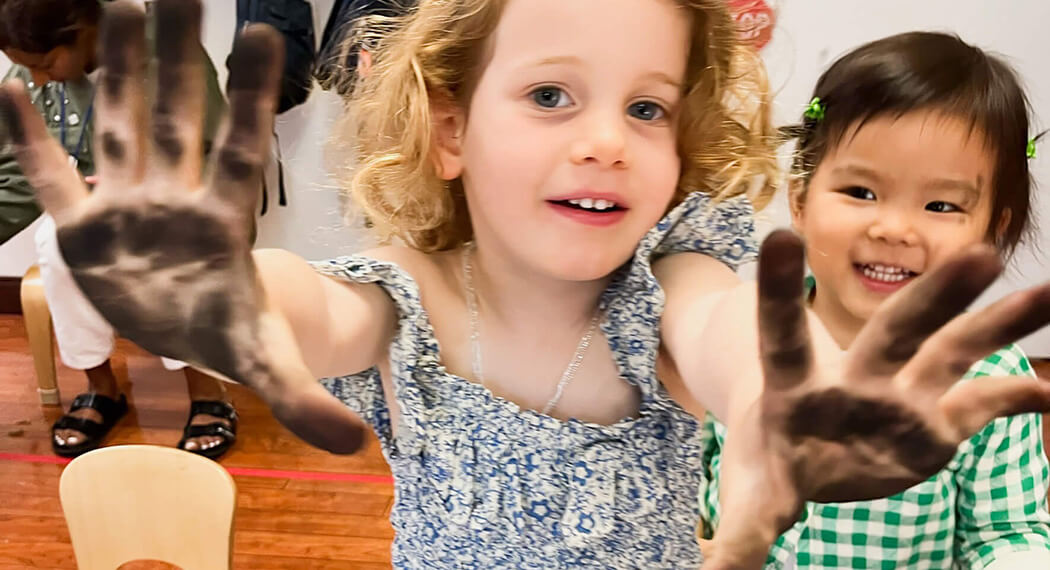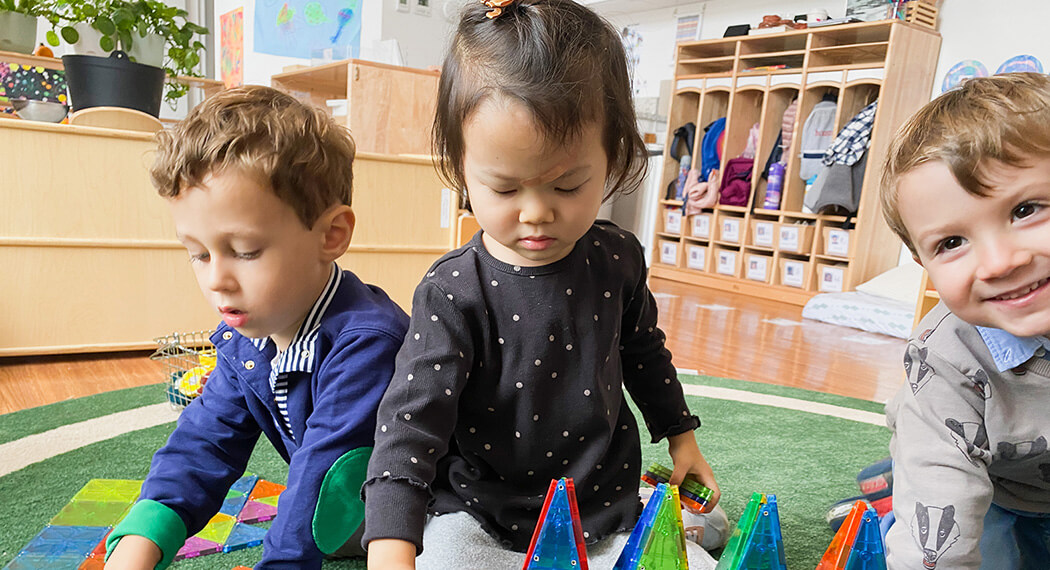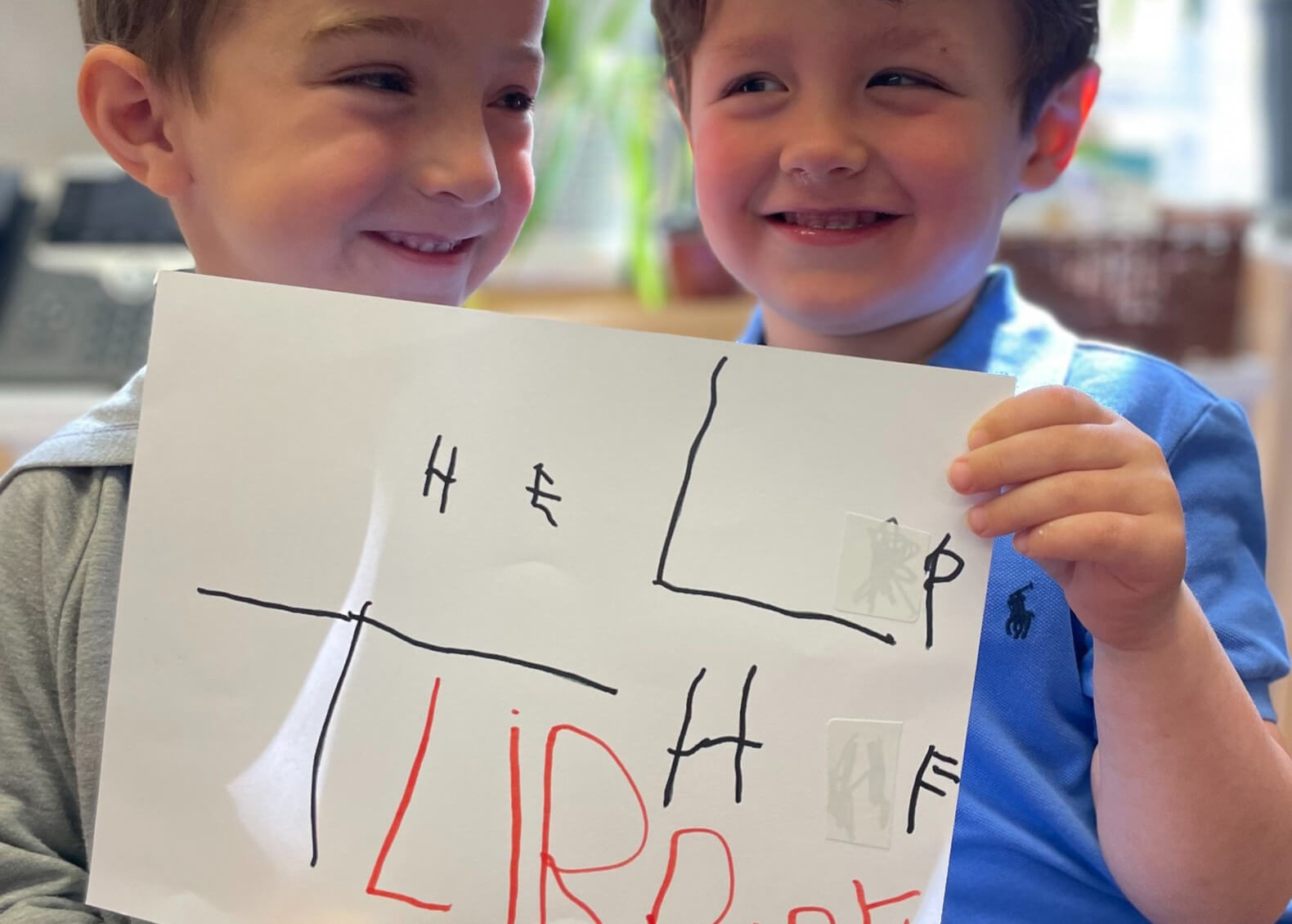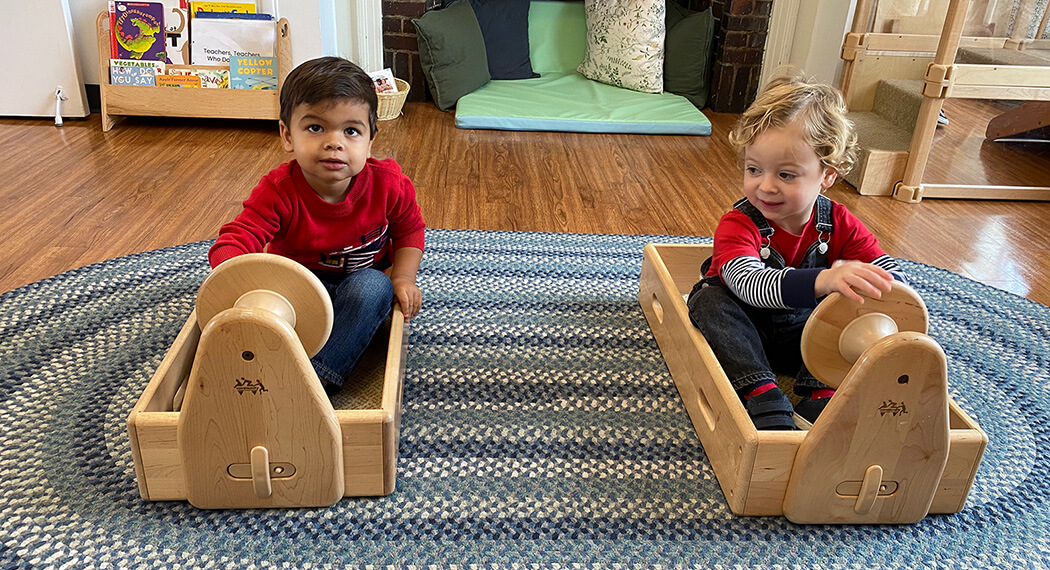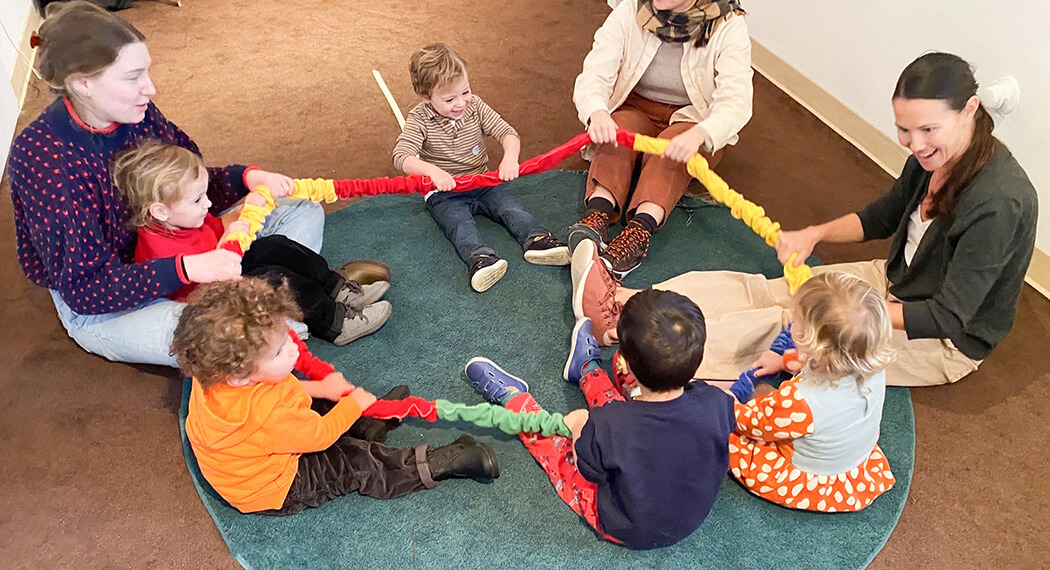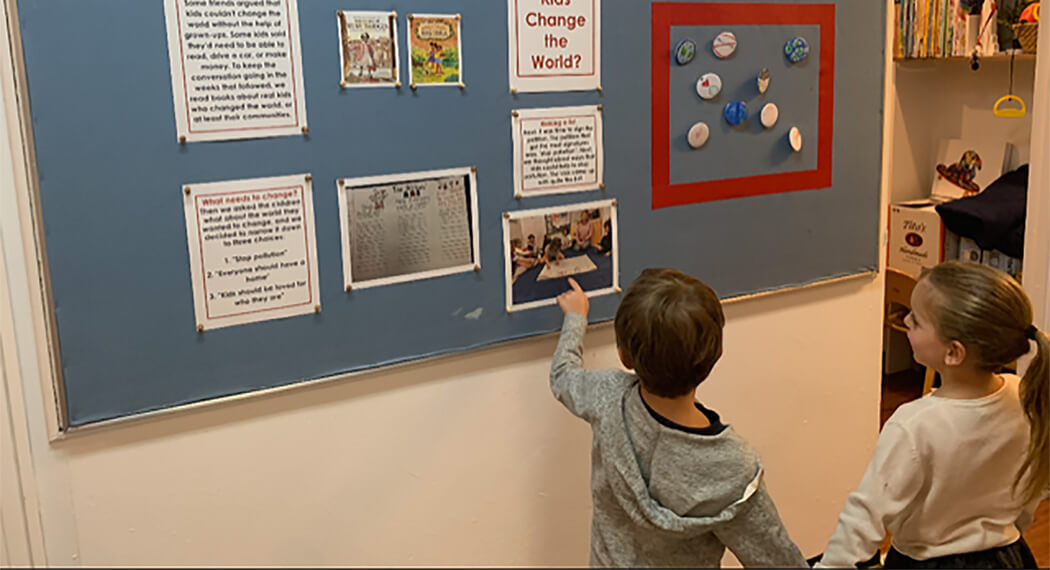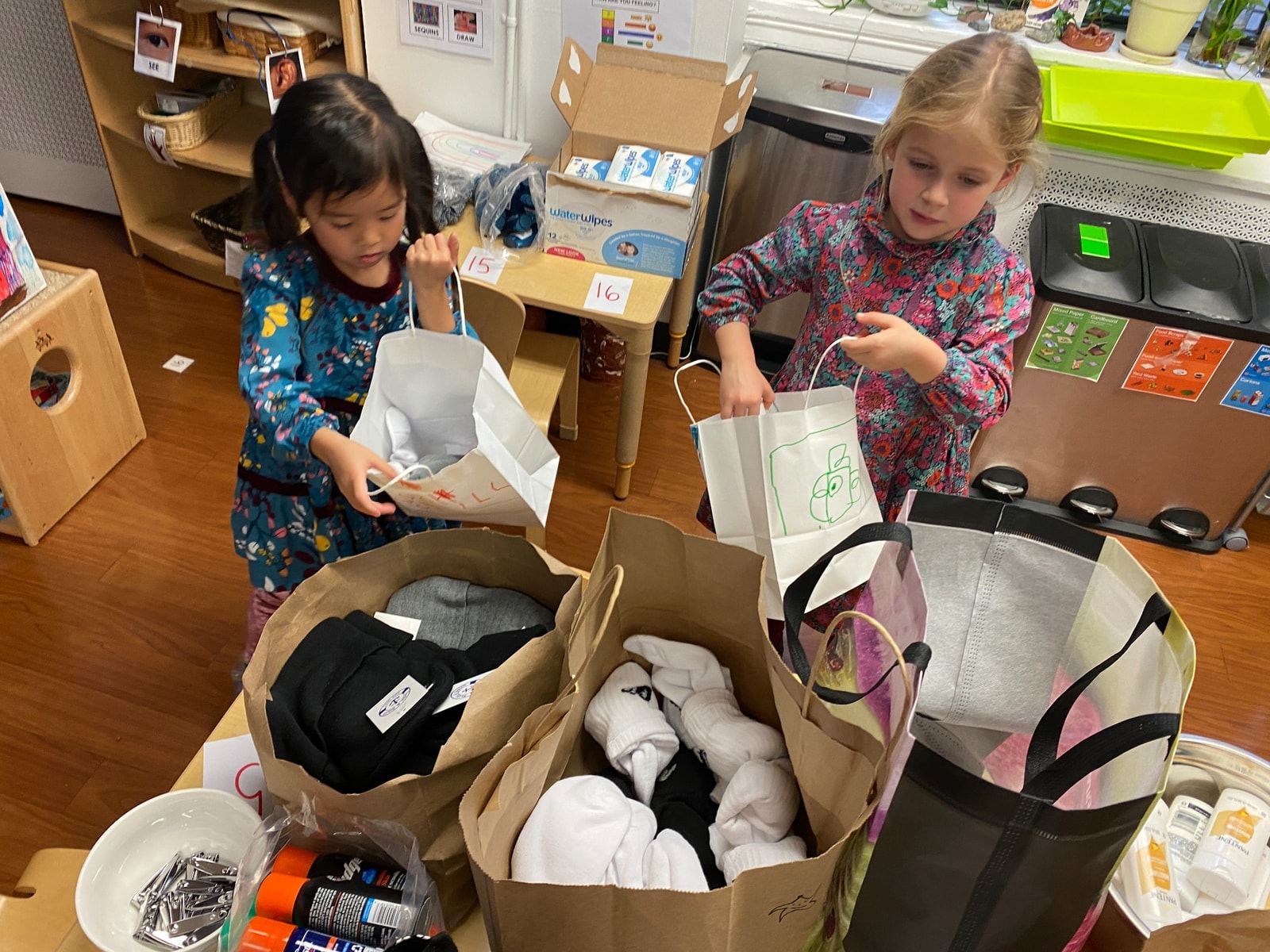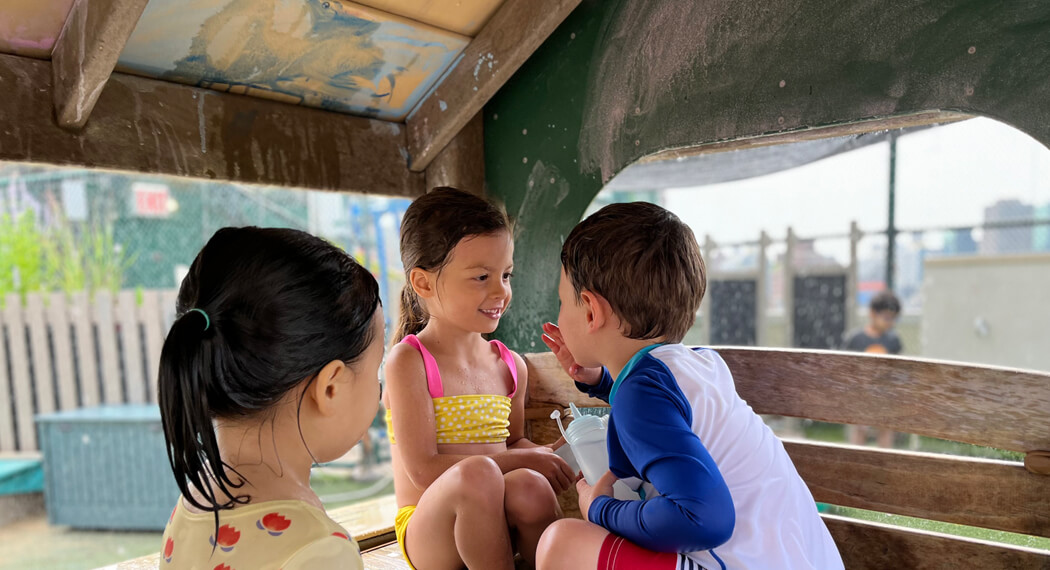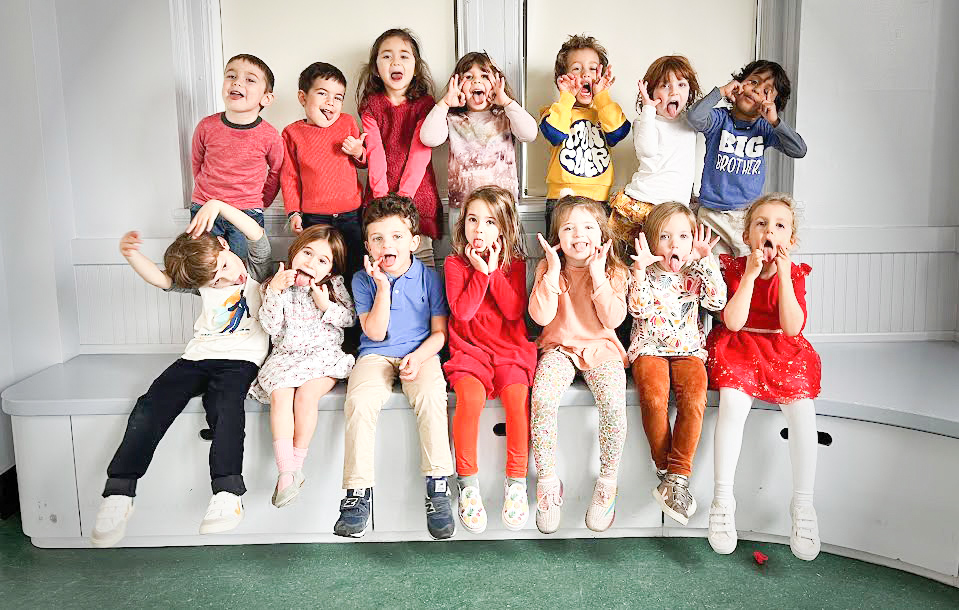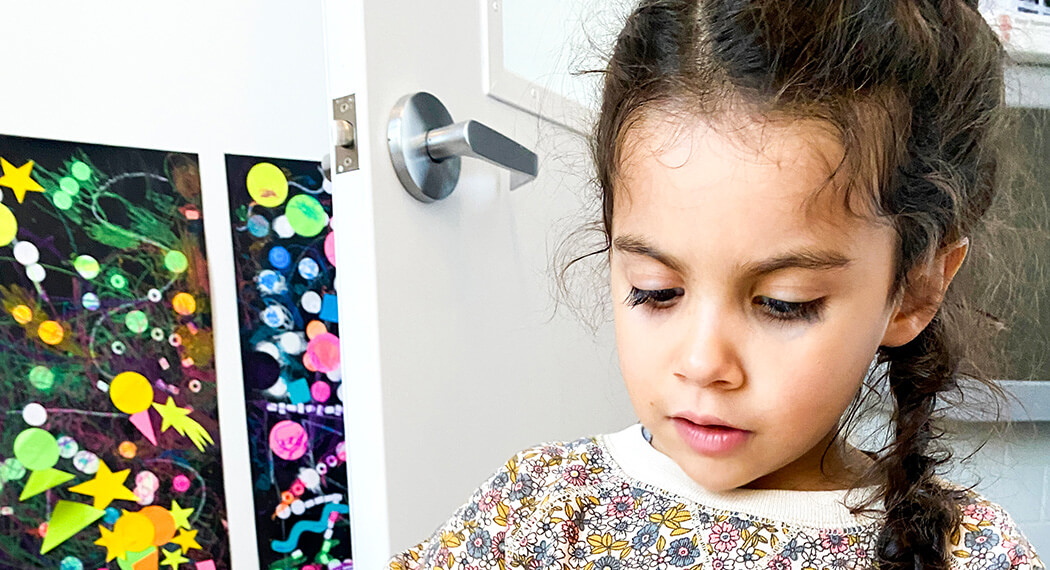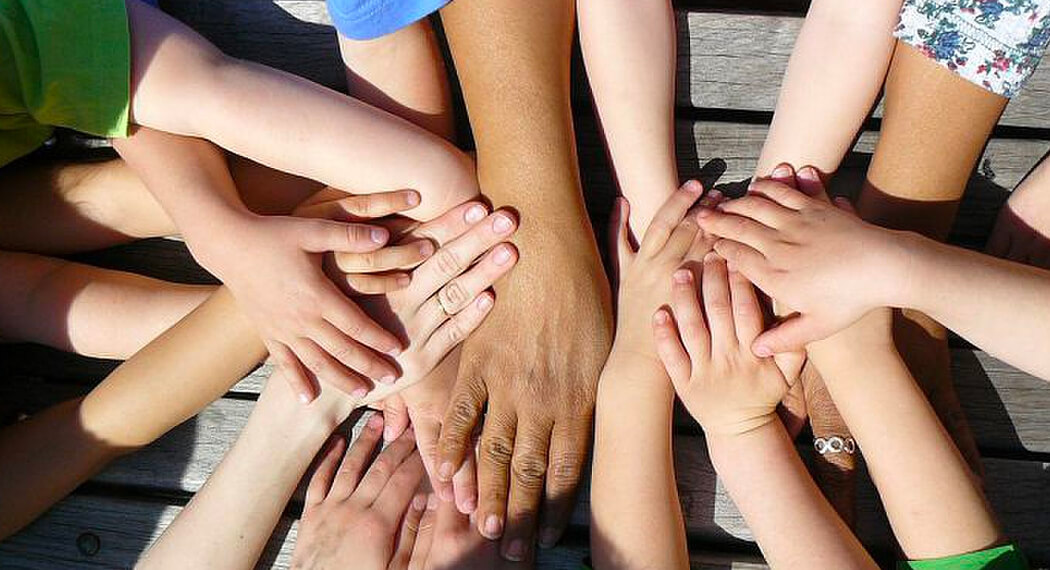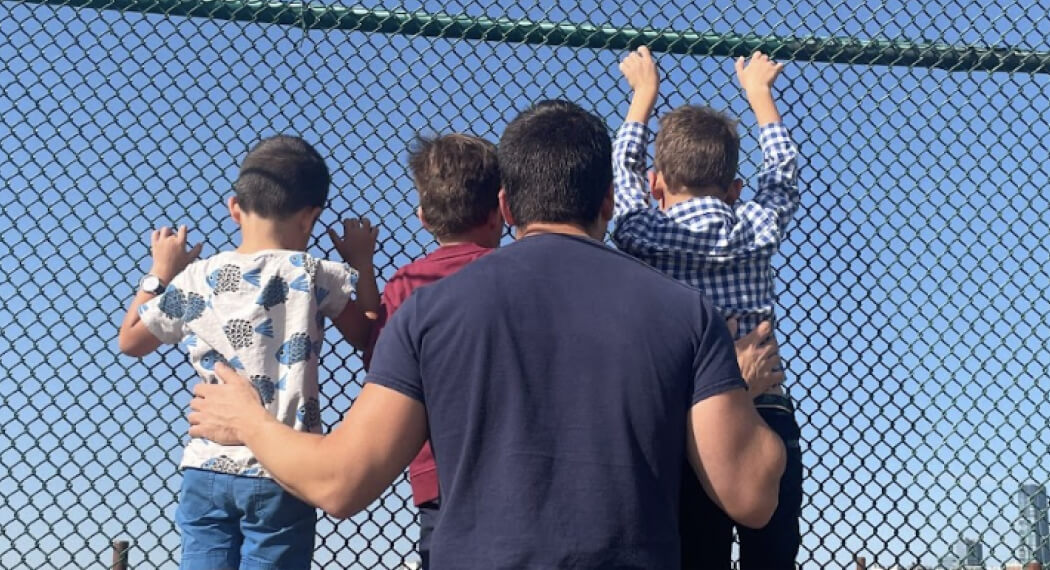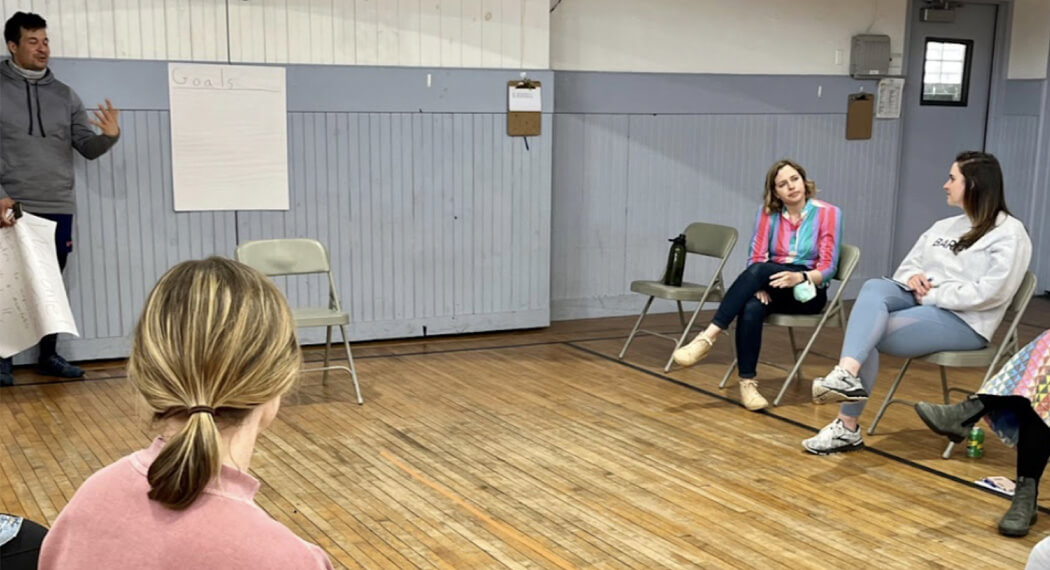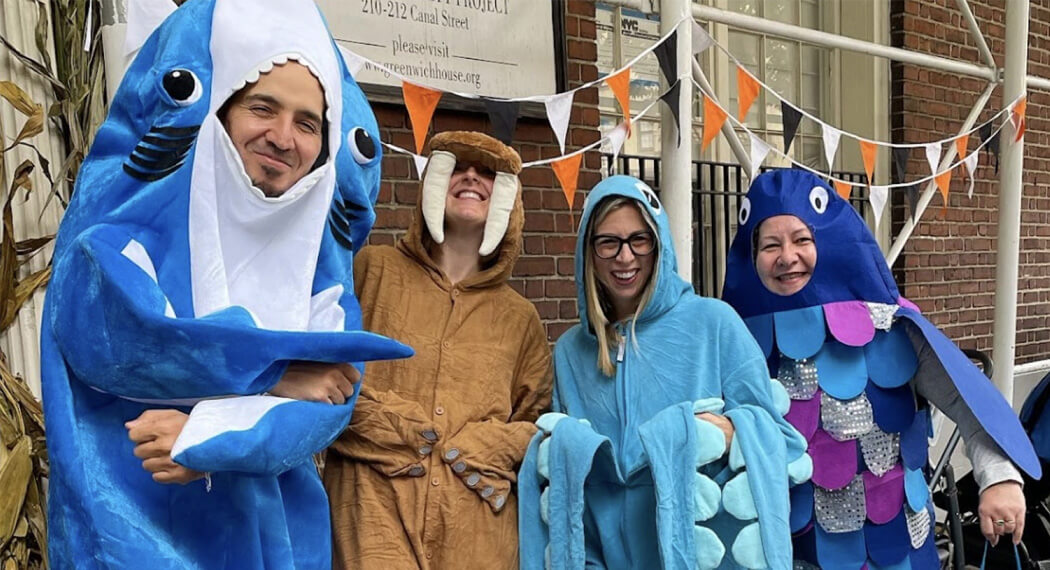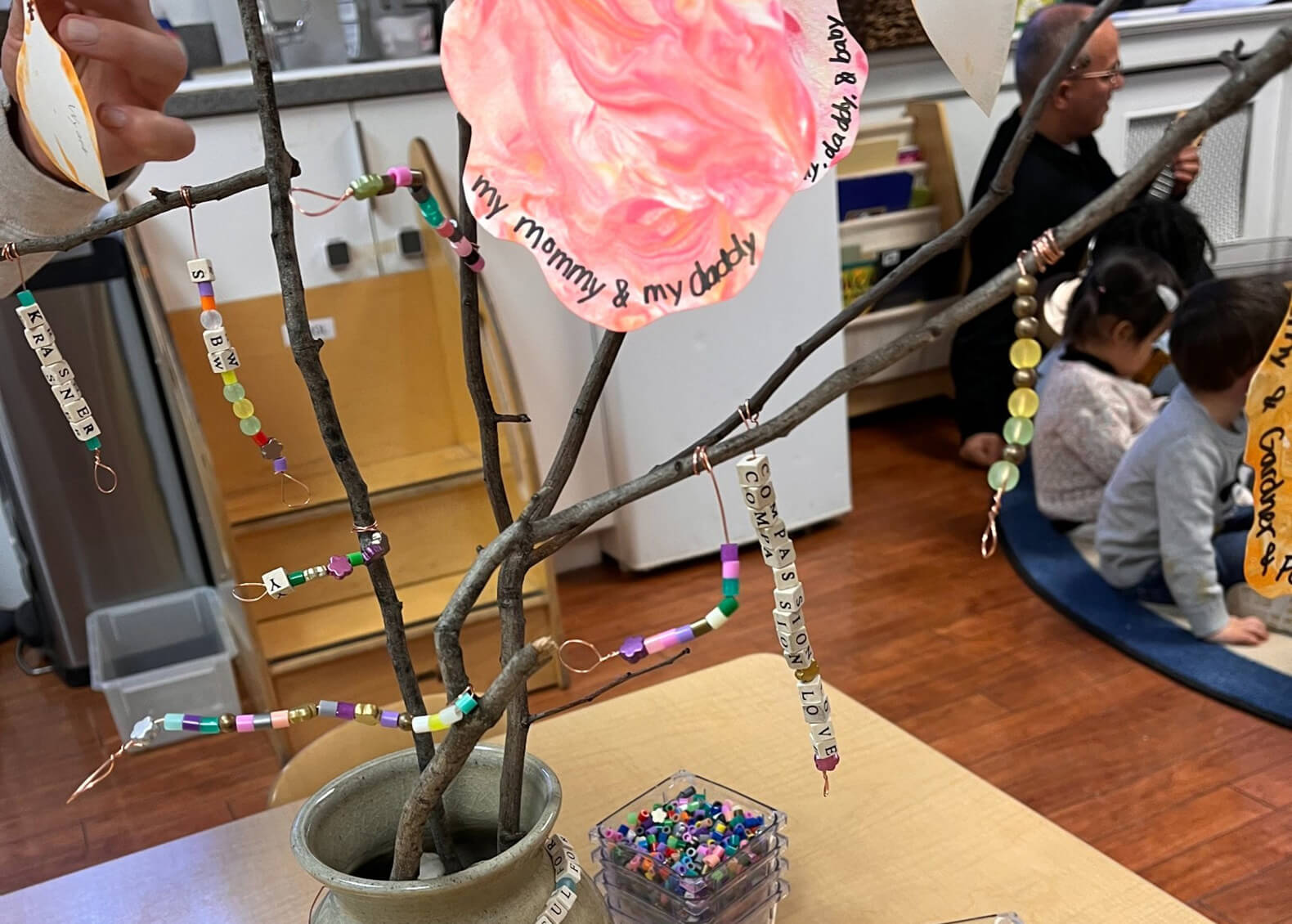With the Winter Holiday season already here, we wanted to shed some light on the ways Barrow teachers facilitate learning about all types of holidays throughout the school year. Here are some of the questions we think about when doing so!
Who do we teach?
The White Room, among many other classrooms, share a “Getting to Know your Child” survey with families at the beginning of each school year. This year, the White Room included the question,
“Are there any holidays or traditions you would like to share with the class?”
From there, families listed which cultural holidays they celebrate at home and wanted to share.
The Blue Room was another classroom that learned about Diwali this Fall. When talking about the importance of learning about diverse holidays, Cate shared,
“If it is a friend in your class [that celebrates] it has more meaning and it boosts their investment.”
Sharing about holidays and traditions with your child’s class can not only be an incredible way to honor the cultural diversity of our school community, but it can also help children to understand that holidays mean different things to different people.
How do YOU celebrate?
Before Thanksgiving, the Silver Room gathered to discuss the upcoming holiday. During a conversation around Thanksgiving rituals among families, the teachers intentionally used language like,
“Some families”
emphasizing the idea that even if a lot of folks around them might celebrate the same holiday, it can still look different in each home.
The Orange Room had similar discussions with their kiddos in which they kept their focus on the individual. Brian asked the Super Lollipops,
“How do YOU celebrate?”
In this way, the Orange Room teachers were able to underscore the idea that there is no one right way to celebrate. When discussing holidays at home, you can use the language,
“In our family…”
when describing family traditions to help emphasize the same point.
What’s identity got to do with it?
Not only does exploring holidays in the classroom allow children to connect with others, but it also allows them the opportunity to connect with different parts of themselves.
When Halloween rolled around, the Green Room teachers quickly noticed class-wide enthusiasm and engagement with all things “spooky.” In response to this interest, they read a number of spooky-themed books and created their own spooky creatures!
How do we decide what to share about holidays?
When it comes to teaching about different holidays, there are many different things to consider. Child development is always a big factor when planning activities and discussions. Prior to Thanksgiving, the Purple Room teachers chose books that kept the focus on ideas of “thankfulness.” From there, they worked to create their very own “Thankfulness Tree” adding what they were thankful for on each leaf.
Taking this idea of “thankfulness” a bit further, in older classrooms like the Red Room, they delved into conversations about Needs vs. Wants.
This was a conversation that later extended into a service learning project in which the class collected goods for care packages that would later be donated to the Bowery Mission Homeless Shelter.
Using accurate and respectful vocabulary around holidays is also especially important. By focusing on notions of “thankfulness” and “needs vs. wants,” these teachers avoided sharing and perpetuating harmful messages connected to indigenous folks that can often be spread around Thanksgiving.
But, how do we go about learning what is accurate and respectful? First and foremost, we take care to foster strong connections with you and your families, expanding the notion of what “family” means to include caregivers, as well. Luke, one of the Yellow Room teachers believes that,
“When it comes to honoring someone else’s culture or traditions, it’s important to take the lead from the family and hold onto that generational knowledge and practice.”
This year, the Yellow Room invited multiple members of their family communities, involving different parents, grandparents, and caregivers, all of which shared in celebrating Diwali with their own families at home. This not only created cross-family connections, but deepened the appreciation of the holiday among the Yellow Room children.

